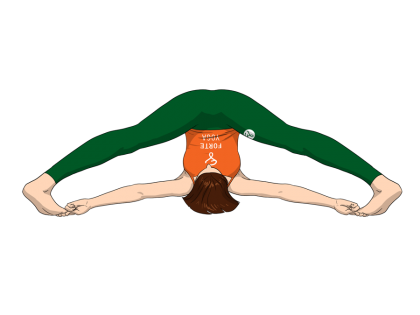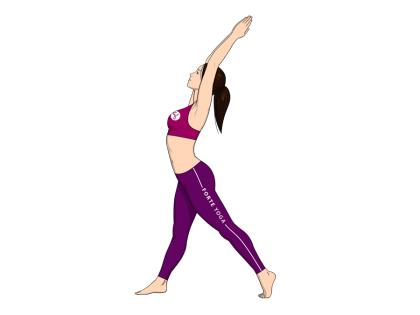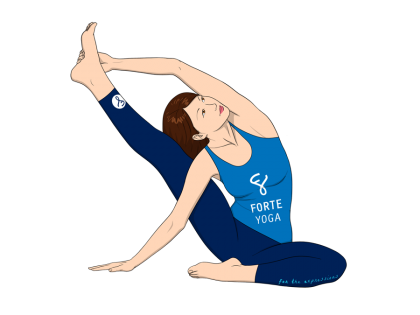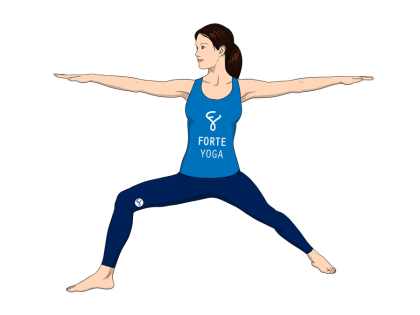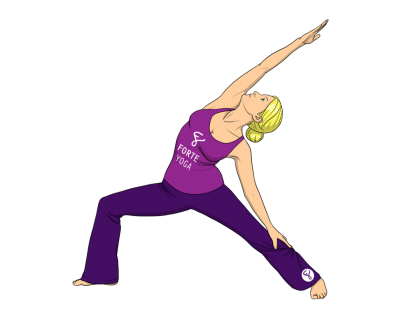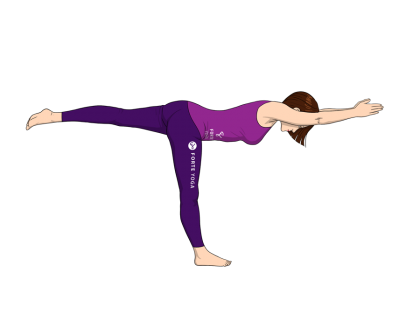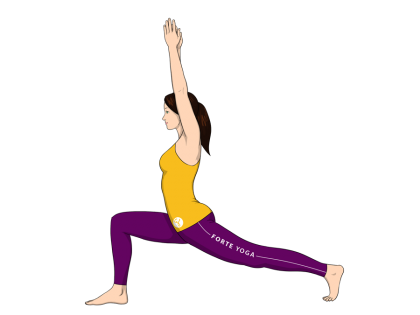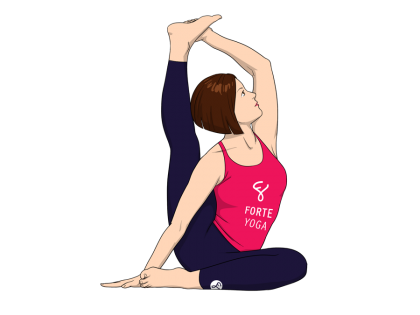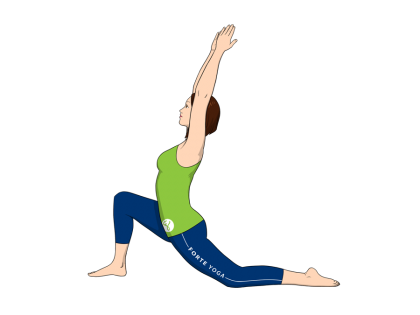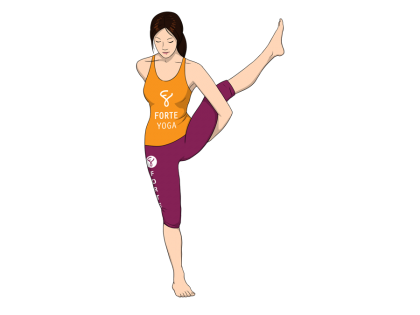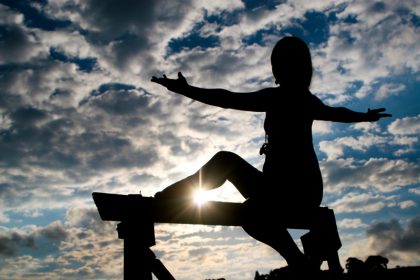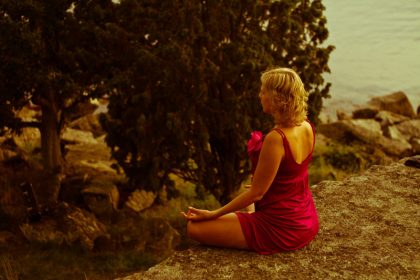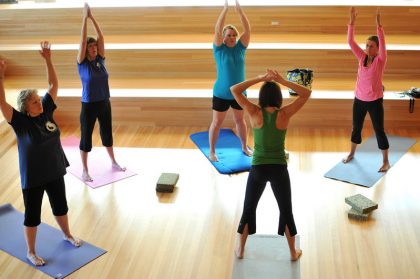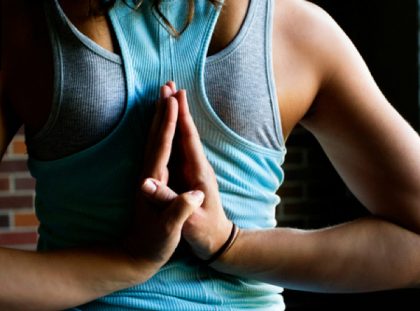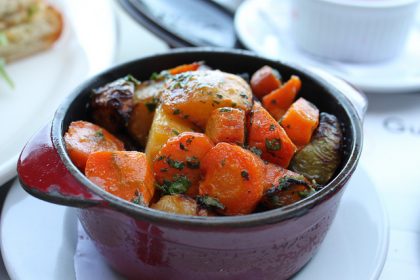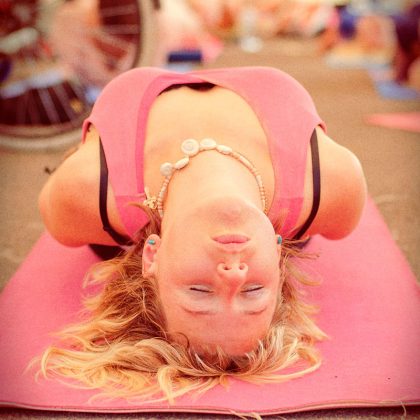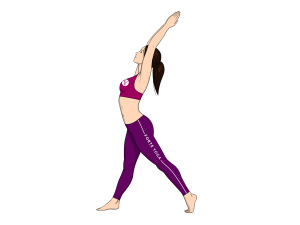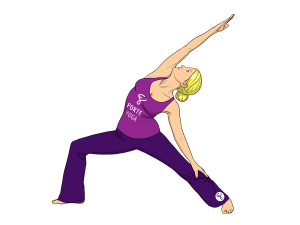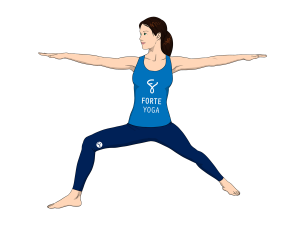
overview
Garland Yoga Pose is a standing pose that targets the groin and hamstrings and is ideal for yogis and yoginis at all levels.
 svadisthana – the sacral chakra
svadisthana – the sacral chakrarelated poses
[yoga-sharrre]
How To Do Garland Yoga Pose
- Begin by squatting with your feet about mat-width apart, hips and buttocks directly between the legs and lower than the knees. Push your heels into the floor to flatten your soles against the mat.
- Gently separate your thighs so that they are wide enough to lean your torso forward between them, but do not lean so far as to create an exaggerated angle. Your torso should remain long.
- Bend your elbows and press them against the inside of your knees. Resist moving the knees outward by pressing the knees back into the elbows. Keep your torso lengthened, resisting the urge to slouch, lean forward or curve the spine.
- Keeping your elbows pressed into the knees, bring your palms together in front of you in Anjali Mudra (Prayer Pose).
- Hold for 30 seconds to a minute.
Notes
- Breathe deeply through each step. Proper breathing is especially important for this pose.
- If you have a history of lower back or knee injuries, consult a doctor or your instructor before attempting this pose.
Tips
If you cannot put your heels down to the floor, support them with a rolled up blanket or towel.
If you’re having trouble squatting, you can try a variation of the pose where you sit on the edge of a chair, thighs perpendicular to the body and heels on the floor, a little in front of the knees. Lean forward so that your torso is between your knees.
Stretches & Strengthens
All Muscles: Ankles, hips, groin, hamstrings, lats, shoulders, groin
Target Muscles: Ankles, groin, lower hamstrings
Health Benefits of Garland Yoga Pose
- Improves posture.
- Tones abdominal muscles.
- Can help prepare pregnant women for childbirth.
- Improves digestion.
- May relieve constipation.

